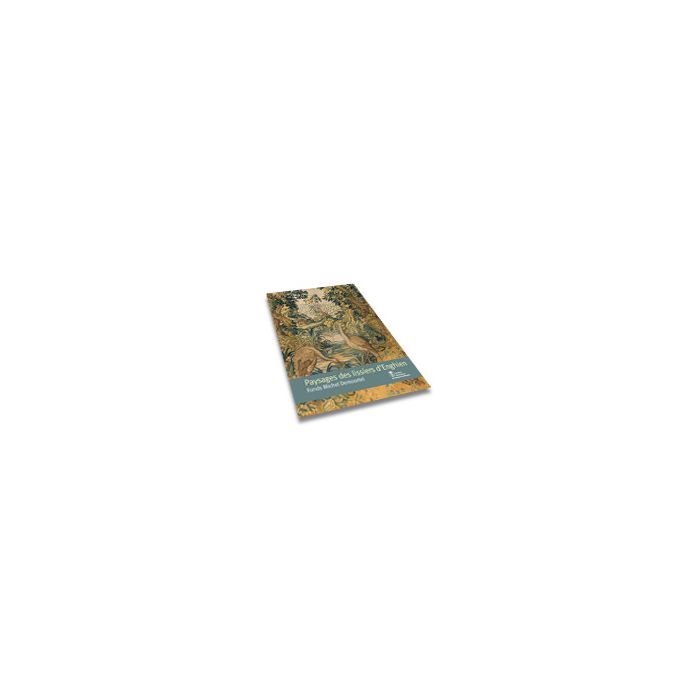My Cart
Your cart is empty
Looks like you haven't made your choice yet.
- Subtotal
Paysage des Lissiers d'Enghien

Four remarkable Enghien tapestries brought back to the town where they were made
- Kon. Boudewijnstichting
- Guy Delmarcel
More Information
| Publisher | Kon. Boudewijnstichting |
|---|---|
| ISBN | 9782872126026 |
| Author(s) | Guy Delmarcel |
| Publication date | October 2011 |
| Edition | Paperback |
| Dimensions | 210 x 140 mm |
| Pages | 40 |
| Language(s) | French ed. |
Description
Michel Demoortel has managed to collect four remarkable tapestries in Enghien that still bear the sign of the town and/or the weaver. To mark the acquisition of the fourth tapestry offered by Michel Demoortel within the framework of his named fund, the Foundation's Heritage Fund is publishing Paysages des lissiers d'Enghien (Enghien Weavers' Landscapes). This richly illustrated publication provides readers with an idea about the town of Enghien as a centre of tapestry production and highlights the four tapestries that have been donated.
The wide border, decorated with fruit and flowers, is characteristic of the tapestry 'Hercule tue le dragon devant le jardin des Hespérides' (Hercules killing the dragon in front of the Hesperides) (1525-1550). The quality of execution and the specific reference to the town, indicated by the town stamp and letter N in the lower left, are precious references to local tapestry production of the period. This tapestry is part of a series of tapestries but which has not yet been located. It is also a striking illustration of the mobility of tapestry cartoons that circulated between a number of centres of production.
'Scène forestière avec chasse au faucon' (Forest scene and falcon hunt) (1575-1600) bears the town monogramme and the initials PVC, which refer to the workshop of Philippe van der Cammen. The central element of this Renaissance landscape, which evokes a park, is a hunt with exotic animals, two favourite 16th century themes. In the borders, female personifications of the virtues alternate with various mythological figures.
The greenery in the tapestry 'Scène forestière avec Cephale et Procris' (Forest scene with Cephalus and Procris) (1575-1600) is part of the same type of work: a fictional forest scene, in which indigenous and exotic flora and fauna are mixed, with only a few characters. However, in this work, the people evoke a theme from Ovid's Metamorphosis, the story of Cephalus and Procris. Allegorical figures are also represented in the borders.
'Scène forestière

Paysage des Lissiers d'Enghien
